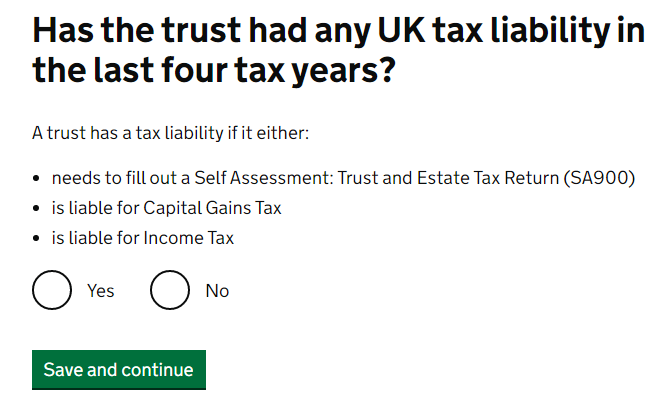Like Jack, I searched in vain in the Regulations for definitions of ‘year’ and ‘tax year’. I concluded that the dictionary definition of YEAR should be adopted. The most concise, from Chambers, is “the period beginning with 1st January and ending with 31st December, consisting of 365 days except in ‘leap-year’, when one day is added to February.” This is clearly preferable to the first Chambers definition, “a period of time determined by the revolution of the earth in its orbit”, as that would be meaningless in the context of regulation 45(14).
As for ‘TAX YEAR’, the best I could find is s.4 ITA 2007, but that is only in the context of an income tax charge. For capital gains, TCGA 1992 sees no reason to define ‘tax year’, which is used in sections 1, 1E, 1G, 1H, 1I, 1J, 1K, 1L, and 1M TCGA 1992. Instead, s.288 says that ‘year of assessment’ means tax year’.
Jack suggests that (mostly) Regs 45 and 45ZA are apparently mutually exclusive. He mentions the words at the end of regulation 45(10A) & (10D). They emphasise that a trust could be registered pursuant to regulation 45ZA and subsequently become taxable. The conclusion seems clear: registrations under regulations 45 and 45ZA are indeed mutually exclusive. What is puzzling is why the information to be provided should differ.
In my previous posting I said at the outset that ‘The Trust Registration Service is not complying with the Regulations SI.2017/692 as amended.’ I had intended to give examples of this.
A ‘Declared copy of the trust’s registration’ that I saw recently, required the following information in relation to individual beneficial owners’ that is not mentioned in regulation 45ZA(3)(a)&(b) –
When was the trust created?
Is the trust governed by UK law[sic]?,
Is the trust’s general administration done in the UK?,
How many of the trustees are based in the UK?,
Is the trust established under Scots law?,
What is the [the lead trustee’s]
date of birth (the regulations only seek the month and year of birth)?
national insurance number?,
address?
email address,
telephone number?
The same questions are asked for the second trustee and in addition, ‘Does [he or she] have mental capacity at the time of registration?’.
Similar questions are asked about individual beneficiaries, with the addition of a request for passport details and, for no obvious reason as the beneficiary does have mental capacity, ‘Has a vulnerable person election form (VPE1) been submitted to HMRC for [the beneficiary]?’.
The form also asked ‘Has the trust acquired land or property in the UK since 6 October 2020?’ This poorly-worded question wasn’t relevant to the trust being registered, as it is a type A trust. I am not sure what is meant by ‘other property’.
Ray Magill
